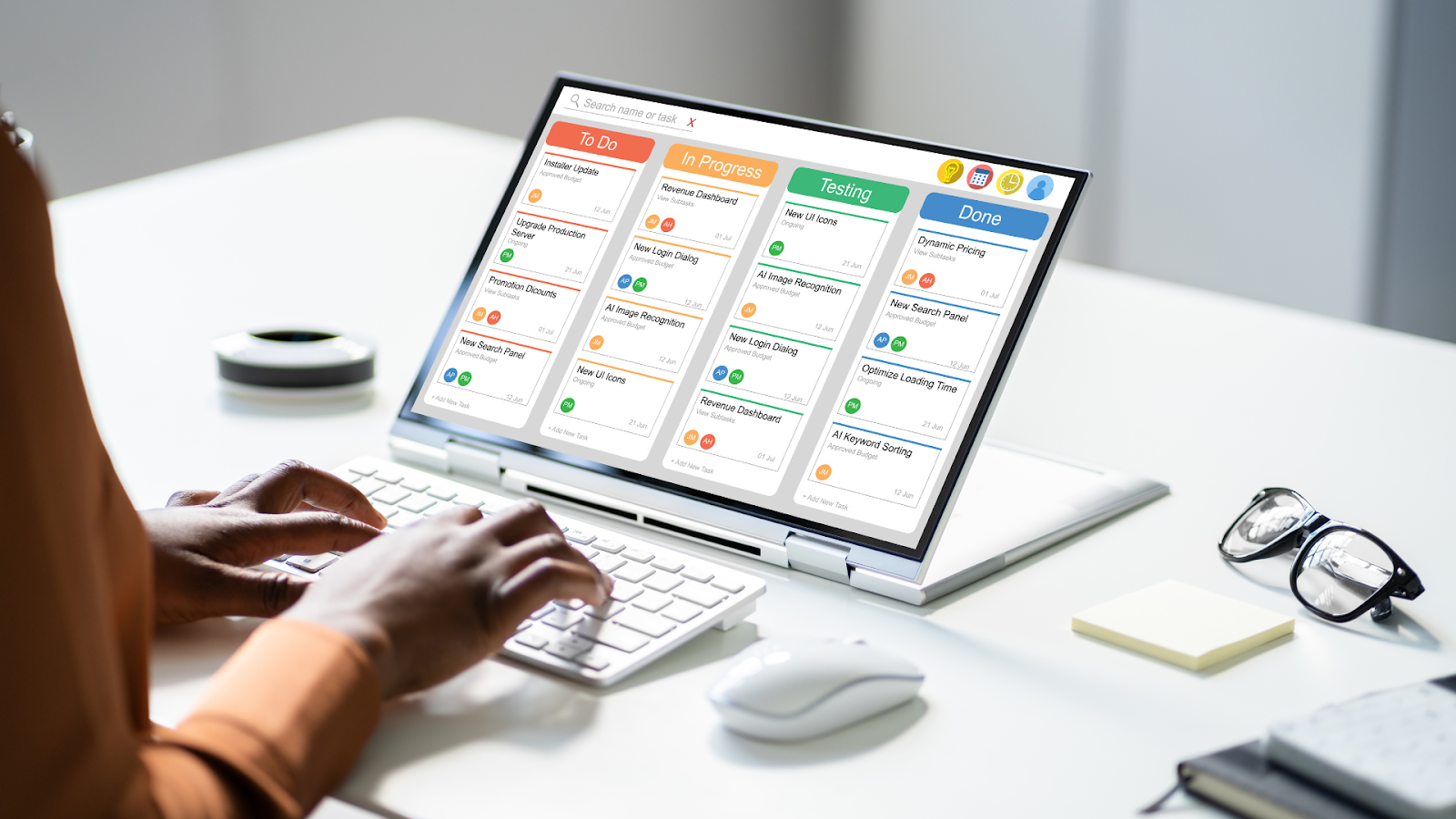In modern organizations, meetings are the decision-making nodes through which strategies are shaped, actions are delegated, and performance is aligned. Yet, across industries, research consistently shows that up to 50% of meetings are perceived as unproductive, with significant time lost to poor planning, miscommunication, and lack of follow-through.
From a business unit perspective, this represents not just lost time—but lost revenue, lost agility, and lost opportunities to outperform. Investing in robust meeting scheduler applications and meeting management platforms is not merely an operational convenience—it is a strategic business enabler.
1. Scheduler Applications: Driving Time Efficiency and Client Responsiveness
In sales, service, and operational roles, time is a critical resource. Scheduler tools streamline interactions by eliminating the latency caused by manual coordination. For high-velocity teams, this improvement directly translates to higher throughput and stronger stakeholder engagement.
Core Business Use Cases:
- Sales Acceleration: Tools like Calendly and SavvyCal reduce friction at the top of the funnel. Prospects can book instantly based on rep availability, improving conversion rates and reducing lead drop-off.
- Client Engagement: Customer success teams use scheduling links to seamlessly coordinate onboarding, QBRs, or support reviews—enhancing retention and satisfaction.
- Internal Collaboration: Team leads use scheduler apps to automate recurring syncs and check-ins across regions and departments.
Business Impact:
| Impact Area | Metric | Example Improvement |
| Sales Velocity | Time to First Meeting | Reduced from 3 days to <24 hours |
| Operational Overhead | Coordination Time | Cut manual email back-and-forth by 80% |
| Client Experience | Booking Drop-off Rate | Decreased no-show rates via automated reminders |
2. Meeting Management Platforms: Turning Conversations into Results
While scheduler apps solve for access, meeting management platforms solve for execution. They provide structured workflows for pre-meeting planning, real-time collaboration, and post-meeting accountability—transforming meetings into a consistent source of business value.
Core Capabilities Aligned to Business Outcomes:
- Pre-Meeting Clarity:
- Use templates to standardize agendas across teams
- Distribute agendas ahead of time to align expectations
- Use templates to standardize agendas across teams
- During Meeting Discipline:
- Real-time note-taking and decision capture
- Assign tasks with ownership and deadlines
- Real-time note-taking and decision capture
- Post-Meeting Accountability:
- Automatically distribute meeting summaries
- Integrate with task/project management tools (e.g., Asana, Jira)
- Automatically distribute meeting summaries
Function-Specific Value Realization:
| Function | Meeting Type | Platform Impact |
| Product Management | Sprint Planning, Demos | Templates improve structure; actions logged for backlog grooming |
| HR & People Ops | Onboarding, Performance Reviews | Standardized workflows support consistency and compliance |
| Marketing | Campaign Reviews, GTM Planning | Shared action logs improve cross-functional visibility |
| Operations | Weekly Reviews, Risk Assessments | Integrated notes ensure follow-through on mitigations |
Quantifiable Outcomes:
- 25–40% reduction in missed follow-ups
- 30% improvement in action item completion within SLA
- Enhanced transparency into team performance metrics via meeting data
3. Meeting Technology as an Execution Backbone
Business leaders should view meeting tools not as administrative support, but as part of the execution infrastructure of the organization. When embedded into workflows, they create a high-visibility environment where information flows are standardized, decisions are traceable, and accountability is enforced.
Integration Ecosystem for Business Operations:
- CRM (Salesforce, HubSpot): Auto-log meeting outcomes and client decisions
- Project Management (ClickUp, Monday.com): Turn meeting action items into tasks
- Communication Tools (Slack, Teams): Push meeting summaries to channels for asynchronous awareness
- Document Repositories (Google Drive, Notion): Link minutes to relevant documents for contextual decision-making
Strategic Alignment:
These integrations ensure that meetings become part of a closed-loop system, where plans, execution, and reporting are synchronized.
4. Managing Change: Ensuring Adoption and Business Value
Implementation alone does not yield results. Business units must proactively manage adoption and cultural alignment to ensure consistent and value-driven usage.
Enablement Strategy:
- Champion Model: Identify functional leaders to model behavior and evangelize usage
- Usage Playbooks: Create SOPs for recurring meetings (e.g., “Weekly Ops Review Agenda”)
- Incentives: Tie tool adoption to performance outcomes, such as project delivery timelines or team OKRs
Governance Metrics:
- Meeting Utilization Rate
- Agenda Preparedness Score (pre-read completion)
- Action Completion Rate
- Meeting Satisfaction (via quick post-meeting pulse surveys)
5. Business-Level Summary: From Tactical Tools to Strategic Enablers
| Tool Type | Primary Focus | Strategic Benefit |
| Scheduler Apps | Time coordination | Increases responsiveness, reduces friction |
| Management Platforms | Execution workflow | Enhances accountability, drives operational precision |
| Combined Deployment | Seamless experience | Integrates scheduling, execution, and reporting into one system |
Conclusion: Operationalizing Excellence Through Smarter Meetings
In a results-driven environment, meetings must deliver measurable business outcomes. By deploying the right mix of scheduler tools and management platforms, business units can reduce time waste, enforce alignment, and drive a culture of action. Investing in this layer of digital infrastructure supports not just better meetings—but better business performance.

